Well-Behaved Women Rarely Make History.
-Laurel Thatcher Ulrich
And yet, it is obvious that they demand of women greater constancy than they themselves have, for they who claim to be of this strong and noble condition cannot refrain from a whole number of very great defects and sins, and not out of ignorance, either, but out of pure malice, knowing well how badly they are misbehaving. But all this they excuse in themselves and say that it is in the nature of man to sin, yet if it so happens that any women stray into any misdeed (of which they themselves are the cause by their great power and longhandedness), then it’s suddenly all frailty and inconstancy, they claim. But it seems to me that since they do call women frail, they should not support that frailty, and not ascribe to them as a great crime what in themselves they merely consider a little defect.
― Christine de Pizan, The Book of the City of LadiesLive fast, die young
Bad girls do it well
Live fast, die young
Bad girls do it well-Mia- Bad Girls.
Throughout history women have been trapped between ideals of womanly behavior and their supposed inherent vices. Christianity for example tells us that as soon as the biblical God created paradise, the woman created, Eve, not the man, Adam, messed everything up by committing the first sin. Rituals and traditions over the millennia emerged across the world to curb the perceived impure imperfections of women’s bodies and stem the flow of their sinful contamination on the earth around them.
All while this occurred however women were told to be perfect to men of their time and place. This often meant beautiful, quiet, obedient and timid. While Penelope’s son Telemachus in The Odyssey tells the grieving faux-widow: “speech is the business of men” , in the writing of the Greek historian, Thucydides, he declares: “The greatest glory [for women] is to be least talked about among men, whether in praise or blame”. By the first centuries of Christianity in the Epistle of Timothy a letter from Paul said:
Likewise, I want women to adorn themselves with proper clothing, modestly and discreetly, not with braided hair and gold or pearls or costly garments, but rather by means of good works, as is proper for women making a claim to godliness. A woman must quietly receive instruction with entire submissiveness. But I do not allow a woman to teach or exercise authority over a man, but to remain quiet. For it was Adam who was first created, and then Eve. And it was not Adam who was deceived, but the woman being deceived, fell into transgression. But women will be preserved through the bearing of children if they continue in faith and love and sanctity with self-restraint.(1 Timothy 2:9-15)
By the Renaissance there were countless morality books for girls and women teaching them how to behave, demanding perfection of a patriarchal sort. Bernardino da Siena for instance told girls to stay at home, don’t be vane, read pious works, avoid boys and men and be humble. To Bartolomeo Taegio in 1559 learning would corrupt women further than they already were with him stating through knowledge, “an artificial malice is added to the malice natural in women”. History repeated this demand for women’s perfection while attacking their fault into the 1800-1900s.
The unreachable model women attempted to emulate eluded them. During the Medieval and Renaissance period, sexist works on women were challenged by a new branch of literature: the genre of Women Worthies. These books argued the case for women based on particularly great women of history, religion and legend, taking after the idea of male worthies. They were the best mortal women could aspire to be like. Writers who contributed to it included Eustache Deschamps and Christine de Pizan. Like the demands of the patriarchy however these works conveyed that women had to be perfect in every way to be “Worthy”.
Dee Gordon’s book Bad Girls From History, is a surprisingly astute response to the long history of demanding a perfect female type while decrying the slightest sin in a woman. In this popular history Gordon sheds light on a smorgasbord of women who have done everything bad, mad, and sad that men have done. They go beyond the constraints of ideals women were made to fail to reach across the past. While the Worthies literature of the past assumed that women could only be seen somewhat equal to men if they were perfect morally, intellectually, physically and culturally, we today understand women and men should be equal. The women in Gordon’s book aren’t excused for their actions or deemed frail ,but like men are imperfectly real and equally human. Their stories, good or bad, deserve to be known.
While Gordon’s work is more entertaining than academic it is a fantastic compendium of biographies for women who would have been deemed the antithesis of women worthies in the past. Gordon divides her book into sections with small biographies on each women included. Chapter one is for courtesans and mistresses, the second is for madams, prostitutes and adulteresses, The third is for serial killers, the fourth one-off killers, the fifth for gangsters, thieves and con-artists while the last is for rebels: pirates, witches, megalomaniacs and exhibitionists. Some of this chapter organization makes little sense… Courtesans are separate from prostitutes and madams while adulteresses aren’t alongside mistresses. More alarmingly, in the rebel section, alongside female pirates and Mary Wollstonecraft, are two Nazi sadist women guards. How does their actions make them rebels? They should have been in a different section.
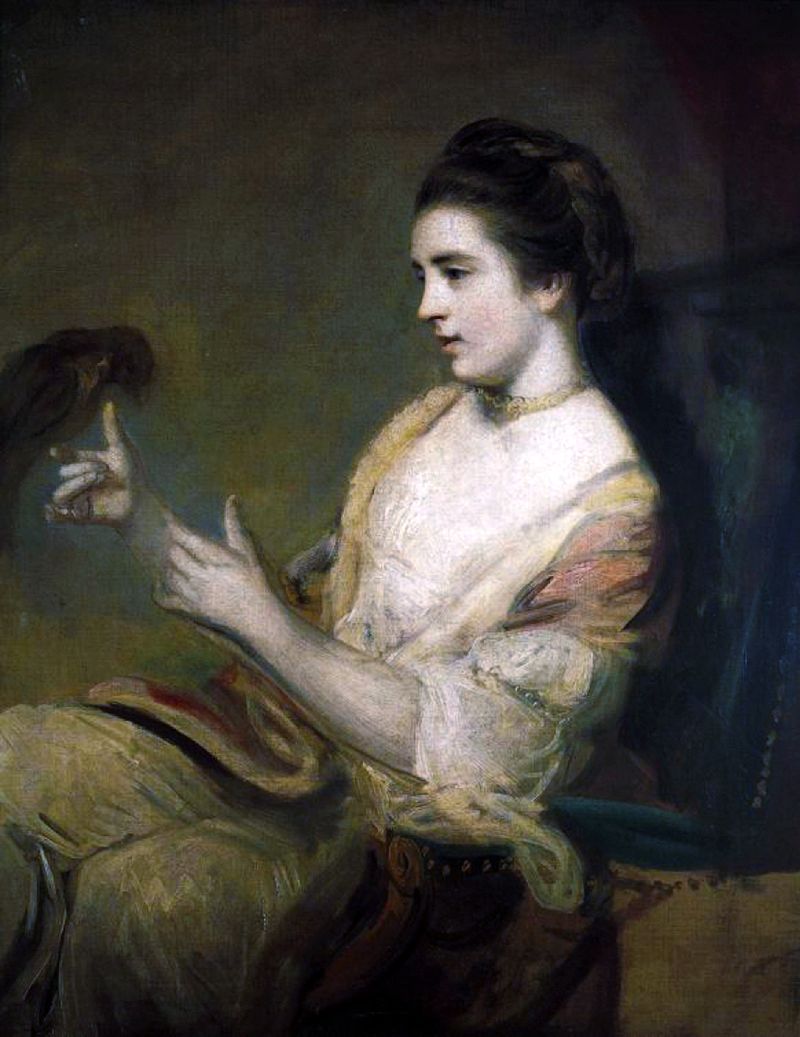
Stories from different countries and times are featured. In the Courtesans and Mistresses chapter we meet the Margaret, Duchess of Argyll, who sued for divorce in 1963, with the court reading out a list she’d composed of 88 male lover’s best and worst physical attributes, with members of government and royal among them. Her ex won with the judge calling her “completely promiscuous” and “wholly immoral”. The amazing Kitty Fisher, currently a character in ITV’s Harlots, and Emma Hamilton, a courtesan and a mistress respectively, are mentioned in regards to the 18thcentury. Fisher became famous for being famous long before tv was even conceived. A famous tale referenced is her, possibly planned as a stunt, fall from a horse she was riding fast in St. James Park. Her legs and disordered attire were revealed to onlookers with satirical prints like 1760’s The Merry Accident spreading the story.
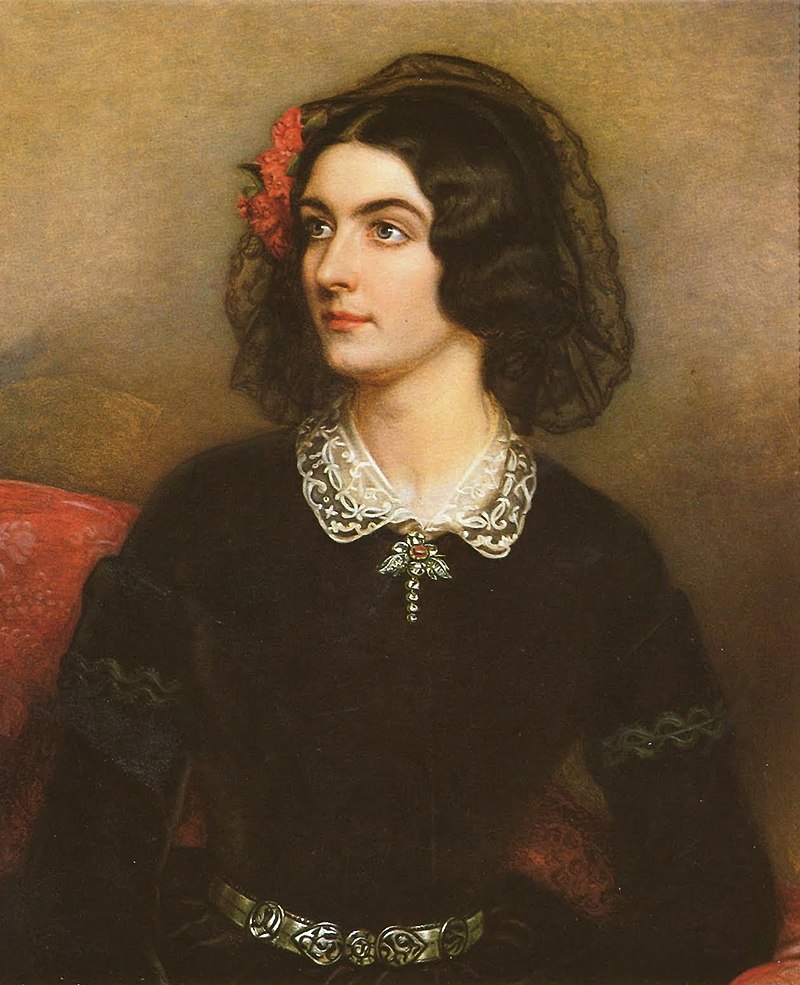
Elizabeth Gilbert’s life is something else. Born in Ireland she travelled around with her father who was in the army. She eloped with an officer, but divorced later. She learnt Spanish dancing and became Lola Montez with her famous dance said to mimic the death of a spider. She was deported from Poland and had a fling with Liszt, Alexander Dumas and King Ludwig I of Bavaria. When she was made Ludwig’s countess, the danger of assassination stopped the relationship and she moved to London where she married. She soon divorced in 1851 before moving that year to New York where she smoked on stage to the crowd’s horror. Her dancing was celebrated in Gold Rush California and Australia where she visited around then. She lost her manager lover overboard a ship on the way back to San Francisco from Australia. When she got ill from Syphilis in 1857 she stopped performing. She became a lecturer and spiritualist. She died in 1860 and was buried under her birth name following a truly unique life.
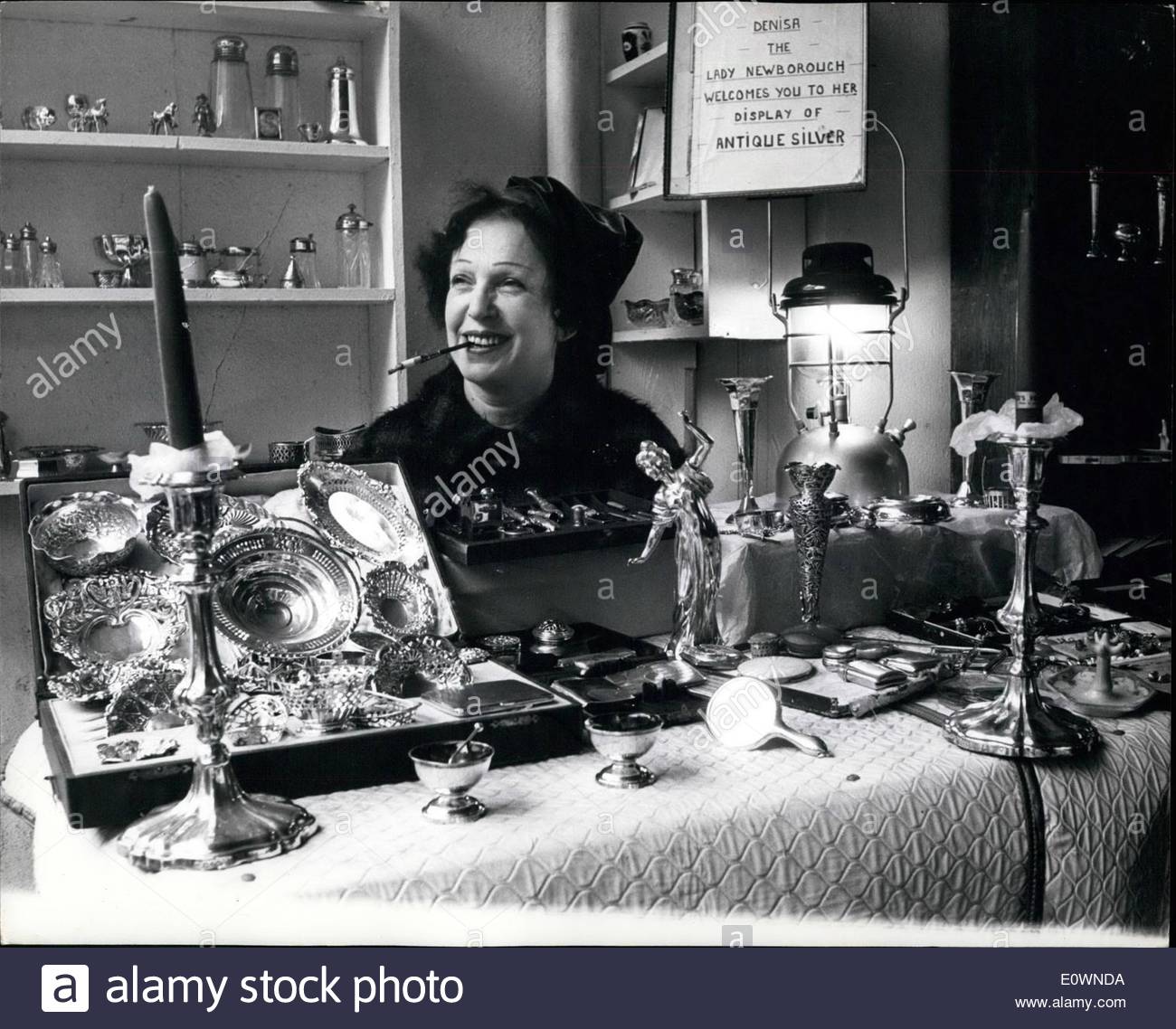
The Serbian Lady Denisa Newborough had an equally unique life. Born Denisa Braun, she left home as a teen to be a wire walker in the circus, she claimed. She tried her hand at fan dancing, stripping and being a hostess at nightclubs. She became a transport officer for the British red cross during WWII due to language skills, but was dismissed as she wasn’t British. She married the 6th Baron of Newborough in 1942 who was twice her age ,but had admirers in Mussolini, Hilter, the King of Spain and a Sheikh who gave her 500 sheep. She was a mistress to five men simultaneously and called the men who supported her financially “shareholders”. Following the war she became a hat designer with one creation made of half smoked cigarettes and another for smog made out of a gas mask adorned with gold sequins.Finally historical mistresses of Kings are included too like Jane Shore and Barbara Villiers. The highs and lows of being a mistress or courtesan is emphasized through stories like this.
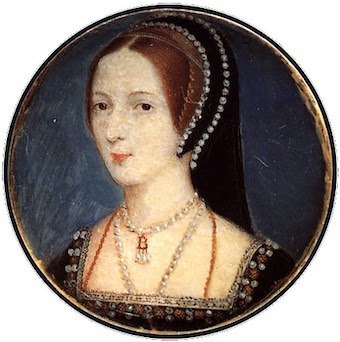
Very similar stories are featured in chapter 2 on Madams, Prostitutes and Adulterers. Anne Boleyn and Mary Boleyn are included, although I’d argue, as Gordon herself mentions regarding Anne spurning his advances, that Anne should not be called an adulteress as this is why she demanded Henry marry her. Her sister had been his mistress and was thrown aside following the relationship. Gordon thankfully exposes how the rumours regarding Lucrezia Borgias are just historical lies. Additionally, the incredible story of Margaret Clap is also included in this section. She ran a molly or sodomitical house for gay men. It was sadly discovered in 1725 with constables finding 50 men dressed as women who were “kissing in a lewd manner”. Clap’s defense was that she was a woman and she denied condoning the behavior. She actually was obliging to her gay customers and took in lodgers including gay prostitutes alongside offering alibis and character references when needed. Following an embittered lover exposing the house, she was sentenced to two years in prison, fined and given twenty marks. Three men were hanged while the accuser went free. Sadly when she was placed in the Smithfield pillory for a pre-sentence punishment, the public assaulted her so badly she fainted and died soon after. She is a surprisingly early ally of the LGBT community that we should know about.
The story of Sidonie Collette(1873-1954) is also eventful. She wrote the novel Gigi after a life similar to the protagonist. She was born in a commune to an anti-marriage pro-lesbianism carribean mother. In her teens she started writing stories then married Henri Gautier Villars. She wrote under his name for him and there were rumours he locked her up to do this. She took part in music halls and did erotic mime and dance. Her affair with aristocratic butch Missy Mathilde de Morny began before her marriage ended with her embracing of Morny on stage at the Moulin Rouge causing a sensation. Instead of bisexual she called herself sexually impartial. She had two final husbands and saved her last husband, who was jewish, from the Gestapo by begging them. Her funeral was a state affair in France.
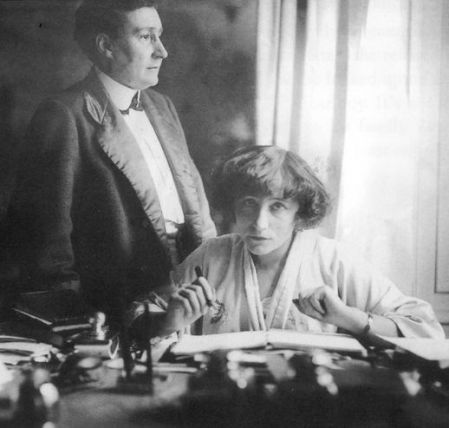
While 17thcentury Damaris Page, as a madam, became famous, with Pepys calling her the “Great Bawd of the Seamen”, we also find stories etched with tragedy. Marie Duplessie(1824-47) was made a sexual commodity by her father at fourteen. Her mother had run away from him. She had relationships with much older men that gave her luxury ,but it seems not kindness. Later she was lover to Litsz and Alexander Dumas. She got consumption after marrying Edourd de Perregaux and when the marriage ended tried to go back to her life before. Ill, she died at 23 with a woman who might have been her mum at her side. Dumas’s La Dame aux Camellias made her famous following her short tragic life.
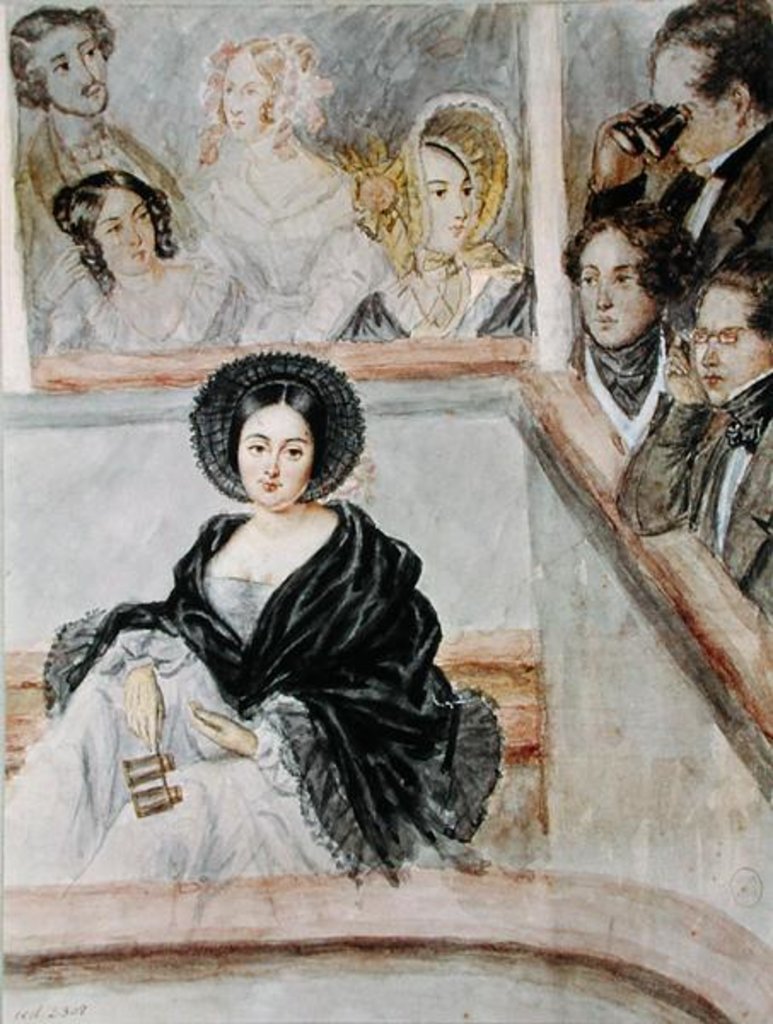
The Serial Killers and One-time killers sections include those like Countess Elizabeth Bathory, believed to be the world’s most prolific serial killer of all time, Lizzie Borden who got away with her crime likely due to her family’s elite background, Leonarda Cianciulli who killed people and made them into soap and Mary Ann Cotton who killed countess husbands with poison.
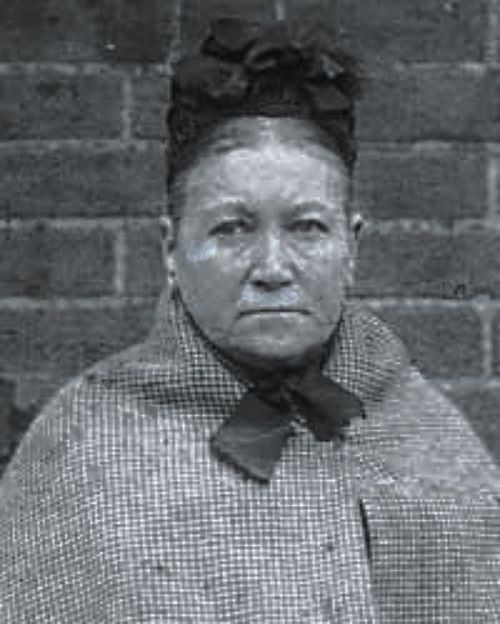
Particularly horrific tales are those of Amelie Dyer and Enriqueta Marti. The former took in foundling babies that she adopted, then killed as it was profitable, while Enriqueta was a kidnapper, murderer of children, a procuress for paedophiles and a supposed witch doctor. She sold children to gentlemen and beauty treatments made from dead children to rich women. Known as the Vampire of Barcelona, she was never tried as in prison before trial she was beaten to death by her fellow prisoners who were horrified by her crimes. Women like these show that committing acts of true evil is not something gendered ,but instead women and men can be as evil as each other at their worst. Finally there is the historically significant case of the one-time murderers Helen Torrence and Jean Waldie in Edinburgh. They were the female Burke and Hare and sold a boy to the University before being caught in 1752.
The Rebel Collection as mentioned is a mixed bag due to the inclusion of Dorothy Binz(1920-1947) and Irma Grese(1923-1945), both female Nazis who committed horrific acts in concentration camps. The other stories are much better suited. Jane Canary or Calamity Jane, Empress Dowager Tsu Hzi, Catherine de Medici and the incredible female pirates Anne Bonny(1700-1782) and Mary Read(1695-1721). Irish Anne Bonny ran away from home with a penniless sailor at 18, then fell in love with Pirate Calico Jack. Having been dressed as a boy growing up, she dressed as a man while pregnant and at sea with Calico. She soon met English Mary Read, another female pirate in men’s clothing. Supposedly Mary didn’t recognize Anne was a woman too until she tried seducing her! Both engaged in the violent murder, torture and looting involved in pirating. When the ship was captured off Jamica in 1720 the women resisted themselves due to men being too drunk. The men were hanged and Calico gibbeted. The women escaped execution as they were pregnant and although Mary died of a fever in prison, Anne lived into old age.
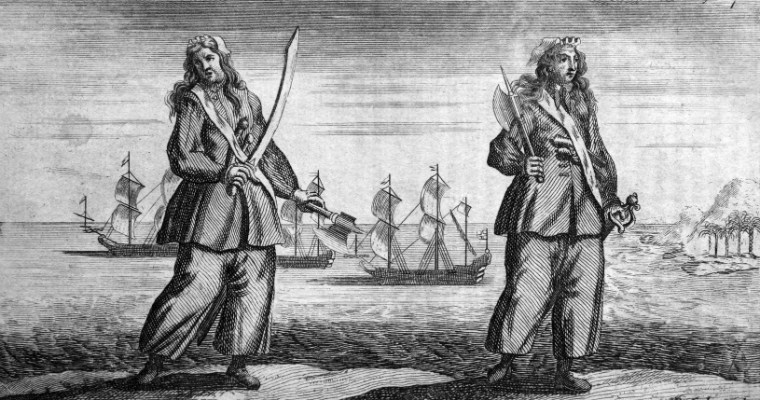
Gordon ends her collection of “bad women” with a highly important figure who shows how much views on women’s virtues have changed over the centuries. Her last biography is for Mary Wollstonecraft, writer and feminist. Her pioneering feminist work meant during, and after, her life, she became regarded as a “hyena in petticoats” and although she had affairs during her life it was not her lifestyle that led to her being demonized but her views on women’s rights. As Gordon notes, we see her differently now society has caught up to her ideas. We remember and cherish Wollenstonecraft’s work and her life.
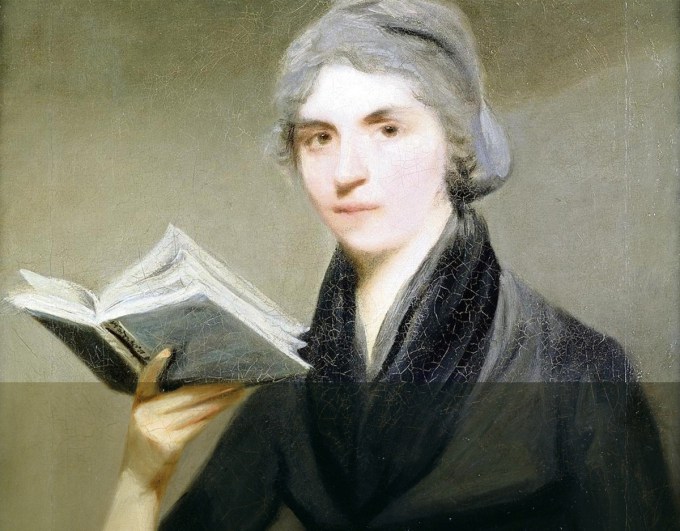
Although Gordon’s Bad Girls from History has its flaws, in its layout and some of the sensationalised tone present, it is in an important and entertaining work. As the inclusion of Wollstonecraft shows women have been judged unfairly in the past for vices they didn’t have…For being human and real. For being ahead of their time. We see those who were outcasts for being women in the past in ways that would give them solace today if they were alive. Women who were deemed fallen women are not to us. They were just misunderstood in their time. At the same time women through being idealized have had their passions, crimes, hatred and violence stifled. Women are not evil in virtue of sexist gendered reasons, but can commit wicked evil acts as can we all. Through Dee Gordon’s book we find that there are millions of ways for Bad Girls and Good Girls to make history.

Comments are closed.